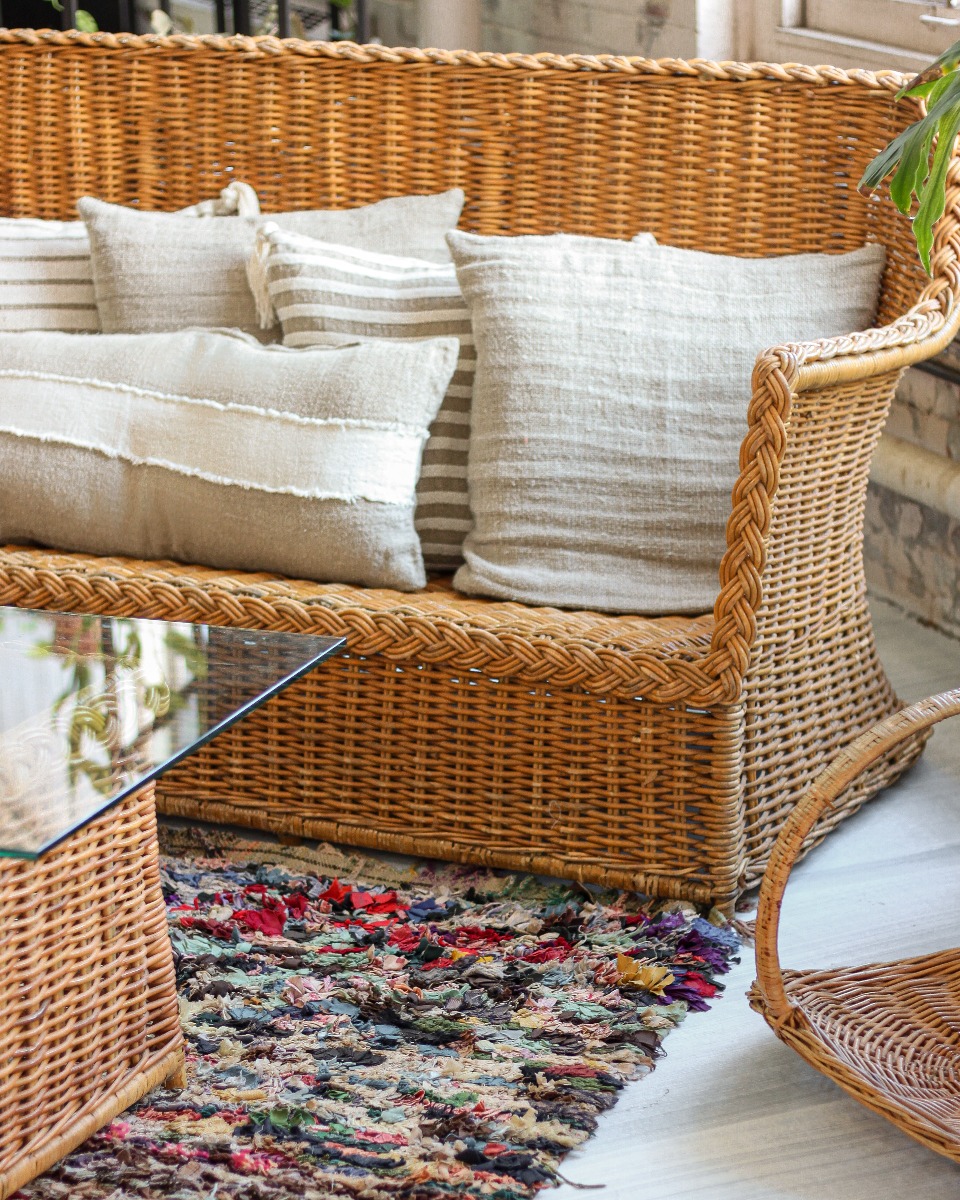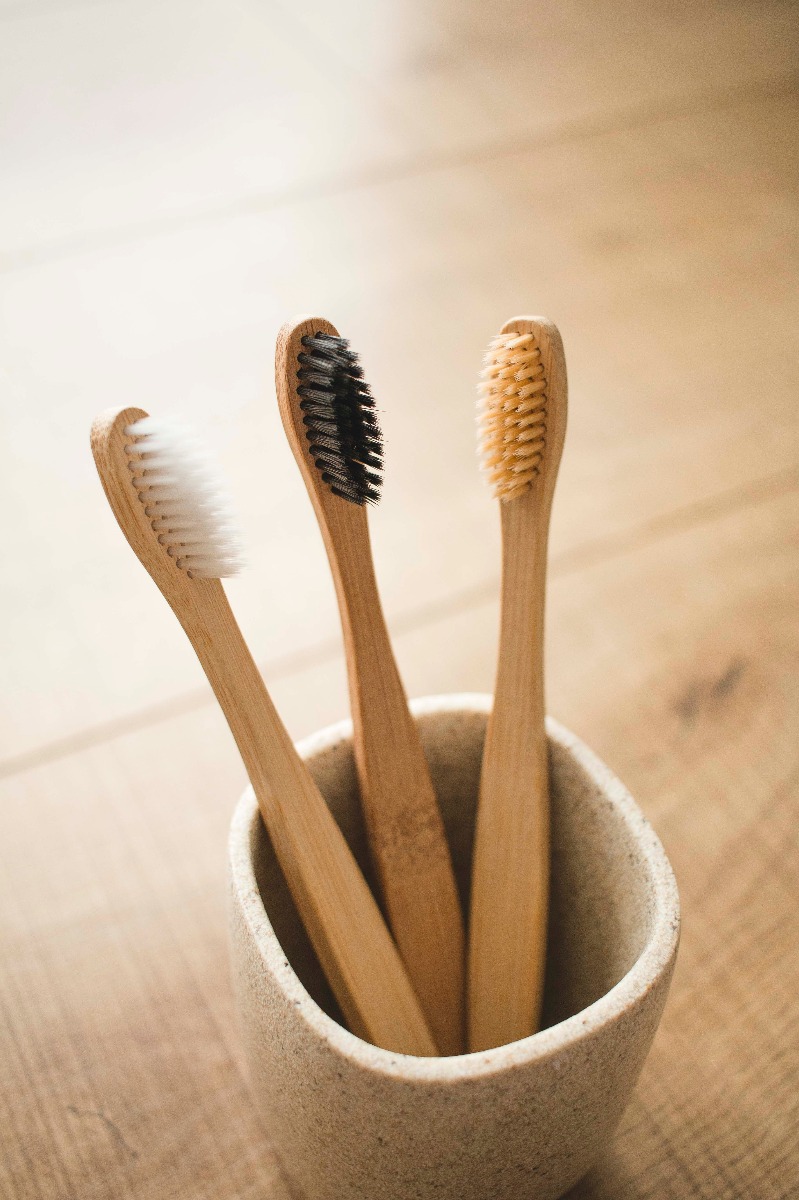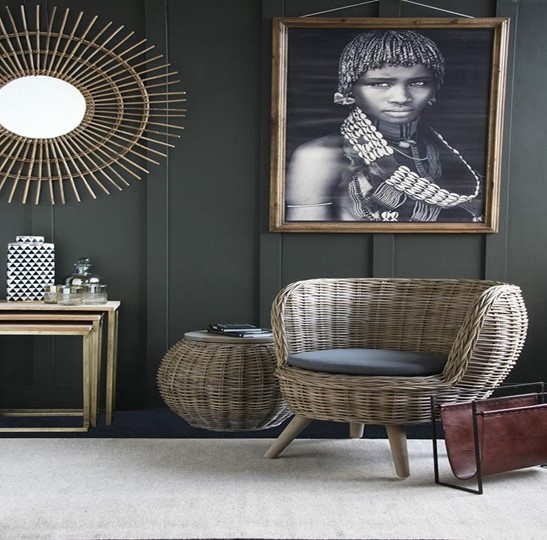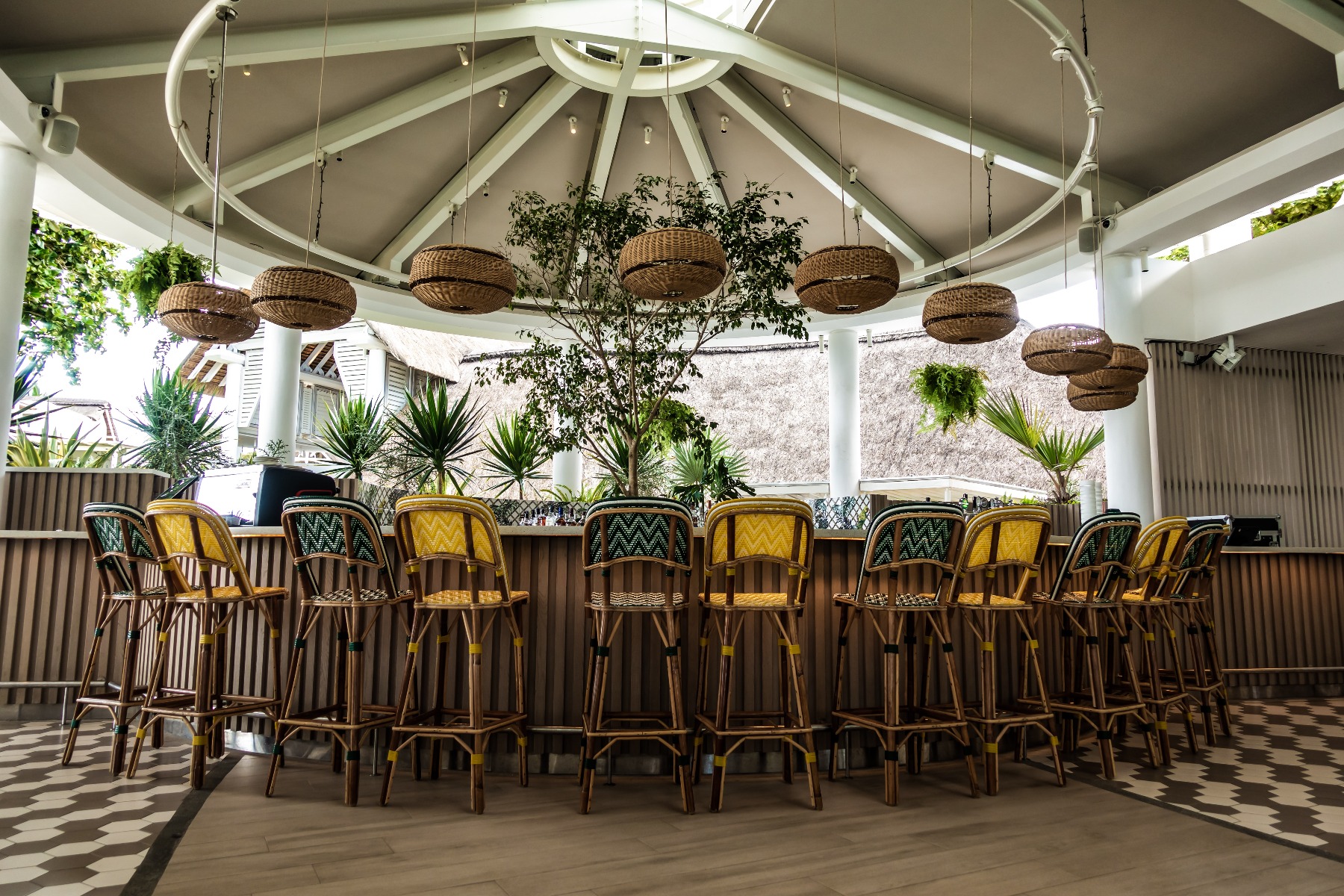
Follow These 10 Tips to Expand Your Rattan Furniture’s Lifespan
Rattan – A Natural Wonder
It’s not hard to see why rattan furniture holds such a strong appeal. When woven into shape, this beautiful looking variant of a climbing palm (type of palm tree) makes for some truly fantastic outdoor furniture that can transform your garden and conservatory spaces in a way that no other material could. Its effortlessly timeless, organic style fits in with a variety of themes, and simply looks the part in a way that no plastic garden chairs or similar alternatives could ever hope to achieve.
However, because rattan is a natural material, many people simply forget or fail to realise the extra care and responsibility that this confers on to the owner. Premium materials such as this warrant extra special treatment – if neglected, your previously perfect looking rattan garden set could be left looking well past its best.
At this time of year, thinking about rattan treatment is particularly important. As we say farewell to summer and head into the darker, colder months of the year, we’ll be using outdoor furniture a lot less. Additionally, wetter weather and less favourable conditions are on the horizon which could adversely affect the look of your rattan. These top 10 tips should help future-proof your rattan sets for many years to come.
1. Get Oiling – Natural rattan needs an oiling every now and then if it has excessively dried out. During particularly warm or hot summers, this will be more of an issue than during cooler, wetter years, but it’s something to bear in mind. Given the unseasonably warm September we’ve just had in the UK, this could be a great time to put this treatment into action.
A quick application of linseed oil can be just the ticket to stop the fibres from cracking or splitting. Once it becomes clear that enough oil has been applied, wipe off the residue with a clean, dry cloth and the leave the whole thing to dry before further use.
2. Hoover Up – Giving those tiny crevices and gaps between the fibres of your rattan chairs and tables a quick vacuum is a great way of keeping it looking fresh. Using a small brush attachment will help you to clean out those nooks and crannies that can collect dust, crumbs and all sorts of little unwanted guests.
Just think of it like vacuuming your indoor sofas and chairs – you wouldn’t think twice about giving your indoor furniture a quick hoovering if it needed it, so don’t treat your outdoor rattan furniture any differently. Alternatively, a small traditional brush such as one used with a dustpan can work a treat as well. Something with small bristles that can get into those little gaps is the key here.
3. Move, Rotate, Repeat – Unlike synthetic rattan, the natural variety can be adversely affected by sunlight. This isn’t the end of the world – sometimes a realistic fading effect from the sun can make for an even more rugged, pleasingly distressed look

Sunlight isn't necessarily a bad thing for rattan, but it can bleach out its natural colouring if you're not careful.
However, if you want your rattan to retain its natural colouring for as long as possible, that means giving it a regular rotation around the garden in order to avoid being in the sun’s rays for too long. Parasols or alternative sources of shade can also protect your furniture from sunlight, so this is just about using common sense
4. Brush Up - If a vacuum cleaner or smaller brush isn’t doing the job for those really small gaps, a novel idea for cleaning those tiny nooks and crannies is using a toothbrush. The fine, soft bristles are ideal for reaching into those little areas that stubbornly retain their dust and dirt particles
This is best used for rattan with really tight weaves – it probably won’t be necessary for open weaved designs since debris such as lint and food crumbs are less likely to gather in larger gaps. Sometimes it’s the simplest ideas that work the best!

The humble toothbrush is more versatile than one would think when it comes to rattan care 5. Watch the Feet – The base of rattan furniture needs special attention too. Consider adding some padding the bottom of chair legs, such as foam, felt or rubber. This will help to alleviate general wear and tear on the feet and add to the lengthened lifespan of your gorgeous cane items. Although this is a less obvious defect to the naked eye at first glance, it doesn’t hurt to have this area covered along with the more obvious protection mechanisms you’re putting in place.
6. Stop Mould in its Tracks – Mould and mildew are the sworn enemy of rattan furniture. Seeing this start to grow on your rattan furniture pieces is a big warning sign – and it needs nipping in the bud before it spreads. Mould starts growing when a natural material like rattan has been left in warm, humid conditions and not been given the chance to dry out. It can also start fast – in as little as 24 to 48 hours if the conditions are ripe for it. In particular, wet summers are a perfect breeding ground for those pesky cultures to start growing on your garden pieces.
The best way to deal with this at first is to use bleach to stop those spores in their tracks. Dab the affected areas with bleach on a cloth, and then dry the furniture immediately afterwards. But prevention is always better than the cure, so if the weather is particularly muggy and damp, either pull the furniture indoors or consider using a cover of some sorts or tarpaulin to give it some decent protection from the elements.
7. Clean, clean, clean – Even if it looks clean, giving your rattan furniture a regular spruce up helps to keep it in tip-top condition. Just be careful with the products you use – anything too abrasive will damage the cane, so play it safe with soft cloths and brushes.
A spring cleaning here and there will do wonders to keep your rattan looking as good as new, so don’t be afraid to break out the old marigolds and duster every now and then.
8. Don’t be a Drag! – Take extra special care when moving your garden furniture. Lift, don’t drag! Again, this one is down to common sense but protect the feet of your chairs and tables when moving them around by always lifting them properly off the ground to stop those fragile cane fibres from splitting.
9. Consider Cushions – This isn’t just for your benefit. Sure, adding cushions to a chair adds a level of comfort, but it also helps to protect the cane from damage. Sharp objects such as keys that can fall out of pockets when sitting down can mark and scratch the natural fibres of rattan furniture. Over an extended period of time, this can lead to the seats of your chairs looking pockmarked and unnecessarily worn.
Using cushions and pillows helps to alleviate this and can also dramatically enhance the look of the furniture as well, so you’re killing two birds with one stone. Check out

Our Rattan Tub Chair comes with its own seat pad, so comfort and protection come as standard at WSG. You can check it out here - https://wheresaintsgo.co.uk/rattan-tub-chair.html
our Rattan Tub Chair above – this comes with its own seat pad for comfort and protection
10. Cover Up – Ideally, during the autumn and winter months your rattan furniture should be inside and away from the harsher elements. But we realise that this isn’t always practical. Space is at a premium these days, and so hauling a full rattan chair and table set inside the house for 6 months isn’t a possibility for most of us. A secondary option is to cover your rattan wonders up with sheeting.
Covers specifically designed to protect furniture are the best, as these are often made from both polyester and PVC with water-taped seams. This type of sheeting is waterproof and also allows a level of breathability to help avoid the curse of mould and mildew during your rattan’s hibernation months. If you can’t get hold of this type of cover, anything that provides some level of protection is better than leaving your rattan totally exposed.
So, there you have it. Rattan is a terrific material that makes for some outstanding garden furniture, but treat it with respect. If you follow these tips and use your own common sense when it comes to protecting your chairs and tables, you can expect your rattan to last up to 20 years outside even through the winter. Several other factors depend on this, including the strength of the weave and how well made the furniture is in general. But with some general TLC and knowledge of these long-life tips, there’s no reason why your rattan furniture cannot last you for many more summers to come.

Rattan is renowned for its versatility. An outdoor bar filled with rattan is just one idea that can looked terrific when executed correctly.
Don’t forget that we have an extensive rattan range on our website, so if you’re already planning summer 2021 (let’s hope it beats 2020…) then drop on by and have a gander at some of our anything but ordinary products.
We hope that this little list has been useful for you, so stay safe Saints, and we’ll see you soon!
Feel the Love!
